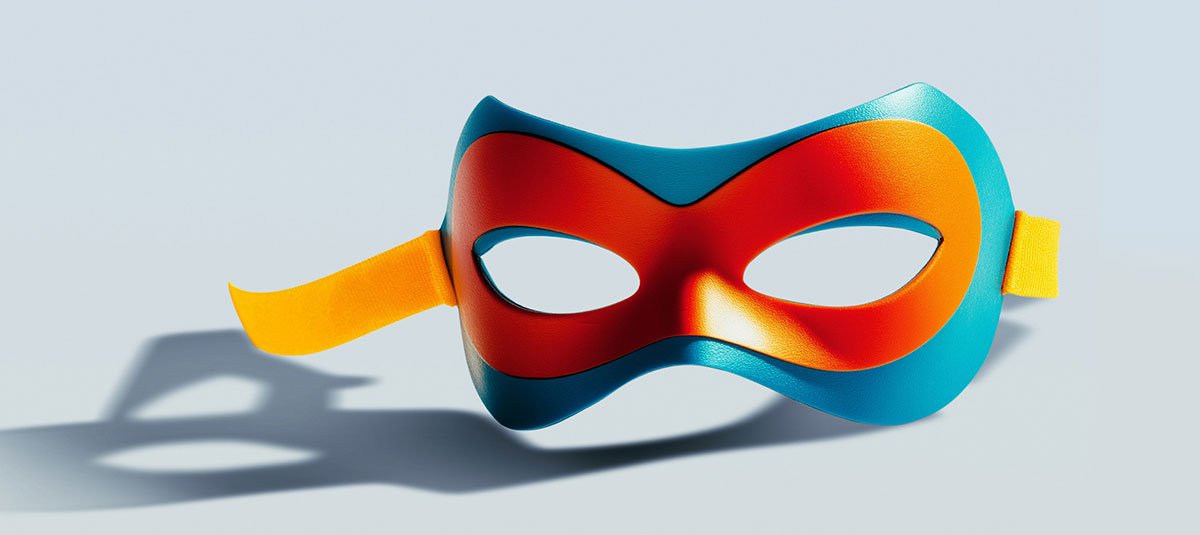
Deepfakes
Don’t believe everything you see or hear! Understand the tell-tale signs that could help you identify a deepfake.
What is a Deepfake?
Deepfakes are videos, images or audio in which faces and voices have been either swapped or digitally altered, with the help of artificial Intelligence, usually for the purposes of fraud or misinformation. Criminals can transform existing content, swapping one speaker for another, or create entirely new scenarios where someone is represented doing or saying something completely fictional.
This type of fake media is increasingly common and is used by fraudsters to give scams a sense of authenticity with the aim of manipulating victims into sending money, investing in fake schemes or divulging personal information.
Spotting Deepfakes?
As deepfake technology continues to mature it is vital you remain aware of the way this content can be used. Learning how to detect a deepfake will help maintain your security and reduce the chance of you falling victim to cybercrime, misinformation campaigns and fake news.
Appearance
Mouth
Eyes
Hands
Lighting
Speech
Trust your instincts
Finally, trust your instincts - if something seems off about a person’s voice, manner or behaviour, be suspicious. Ensure you exercise extreme caution if what you are being asked to do is unusual. Confirm whether the source material is reliable and, if you are being asked to take action, proceed with caution. Always check and verify before you part with money, personal details or action any request.
If you believe you have received a video, call or image from someone posing as a Fidelity employee, please contact our UK-based Customer Services team on 0800 3 68 68 84.
Helpful resources
- Cifas - The UK's fraud prevention service
- Take Five - A government-backed national campaign to combat preventable financial fraud
- Action Fraud - The UK's national reporting centre for fraud and cybercrime

